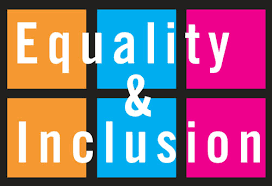After completing the Holmes Rah Score Stress rating sheet, I scored a total of 152; which I’m told ‘implies a 50% chance of a major health breakdown in the next 2 years’.
My biggest stress related event accounting to this score was the death of my papa just under a year ago. I was very close to my papa and so it was a shock to my system when he very suddenly had a heart attack, resulting in him being in a coma for a week and then sadly passing. My whole family was and still is affected by this change in our lives and so everyones emotions were heightened for a long time, which caused stress throughout my family.
Other events that I related to from the list were; ‘ major change in the health of a family member’ as my youngest sister was diagnosed with diabetes about 6 months ago at the age of 12. Also, major changes in social activities and change to a new school, contributed to my score too.
It has shocked me that as a result of my score there is a 50% chance that in the next 2 years I’ll develop a major health breakdown. The word major stands out for me as in 2 years I will be coming to the end of my 3rd year of Uni and beginning to look at my final year studying primary education. If I was to develop a health implication that had a major impact on my life this would then affect my schooling and my chances at qualifying as a teacher.
In order to hopefully prevent this happening, I will attempt to deal with my stress more. I feel because I train in dancing 4 times a week that I am a fairly health person. However, out with this I know I need to get into a healthier eating routine as when I do eat good foods I automatically feel much more awake and less sluggish, so have a higher self-esteem. I also feel I need to stop worrying so much about others and what they think and instead focus on my own happiness and well-being and this in turn should make me a less stressed person.
Overall, I feel for my own benefits I need to chill out more and not get so worked up and stressed by such little things, this test has shown my why I’m stressed and although some factors I cannot help others I can prevent from happening which should decrease my stress levels.




